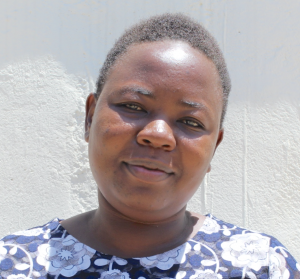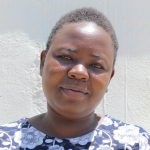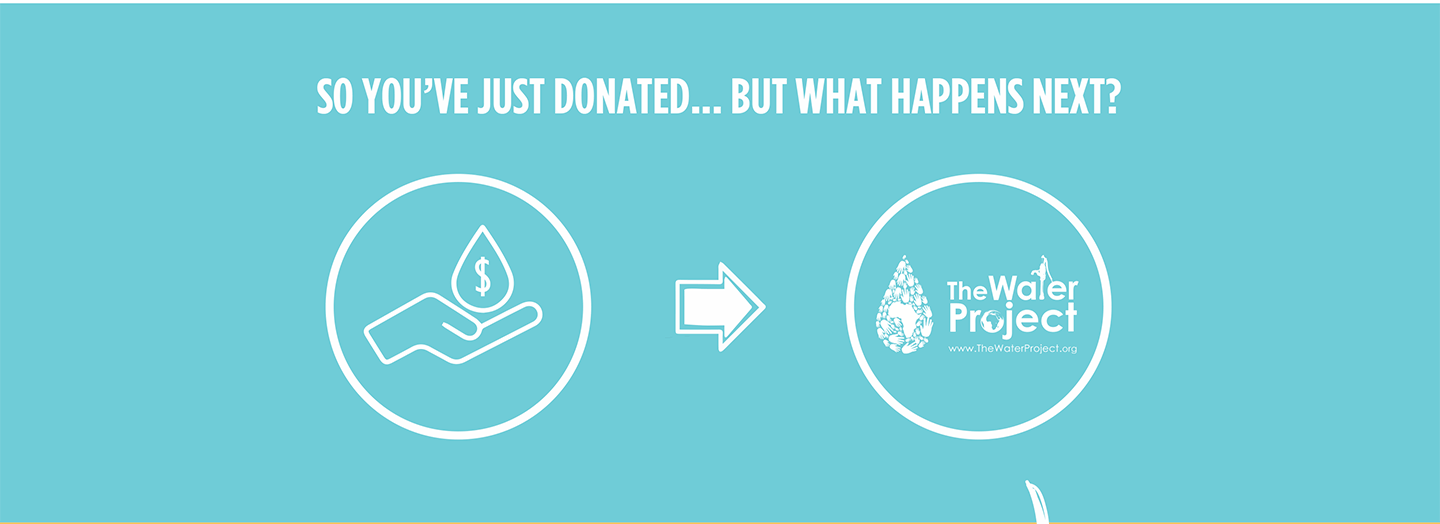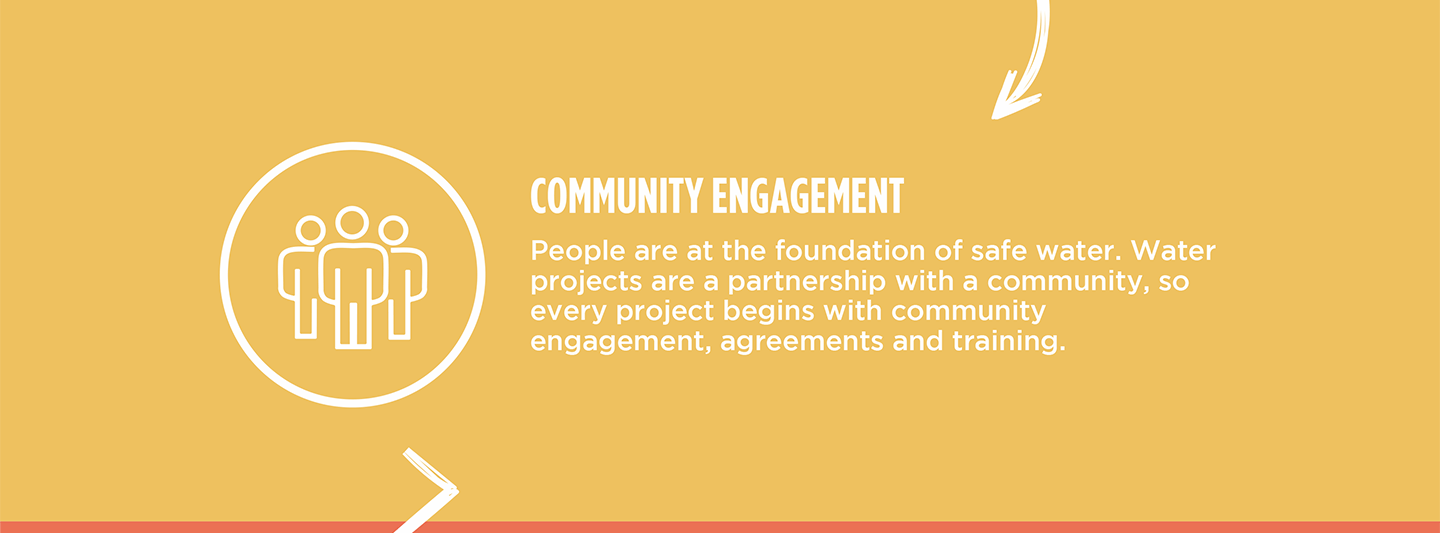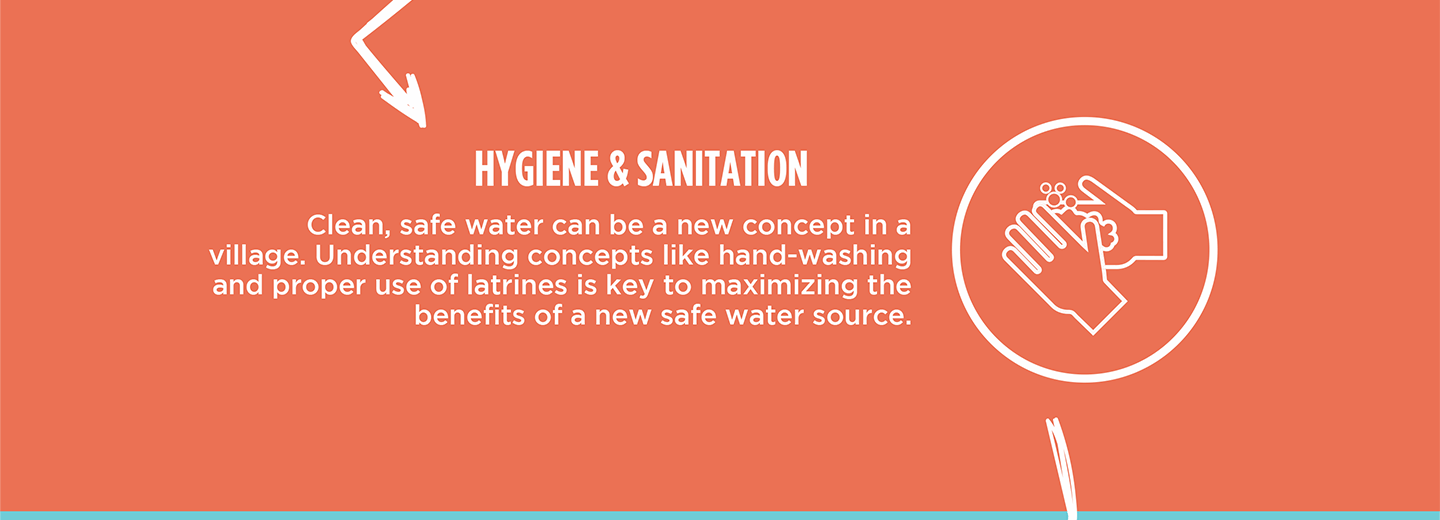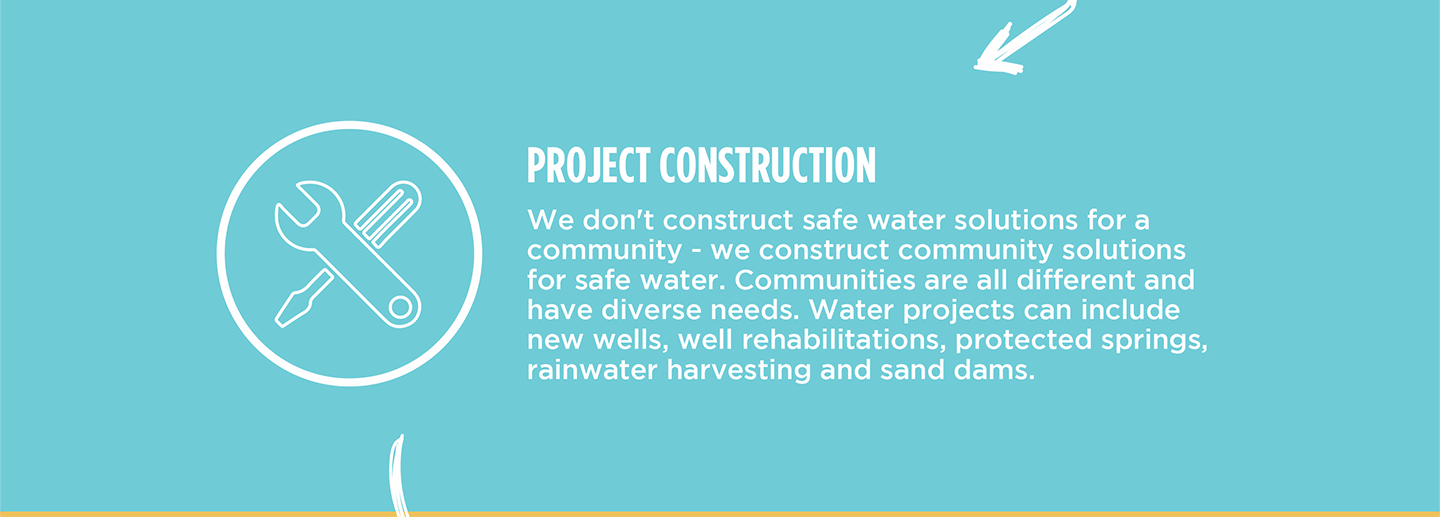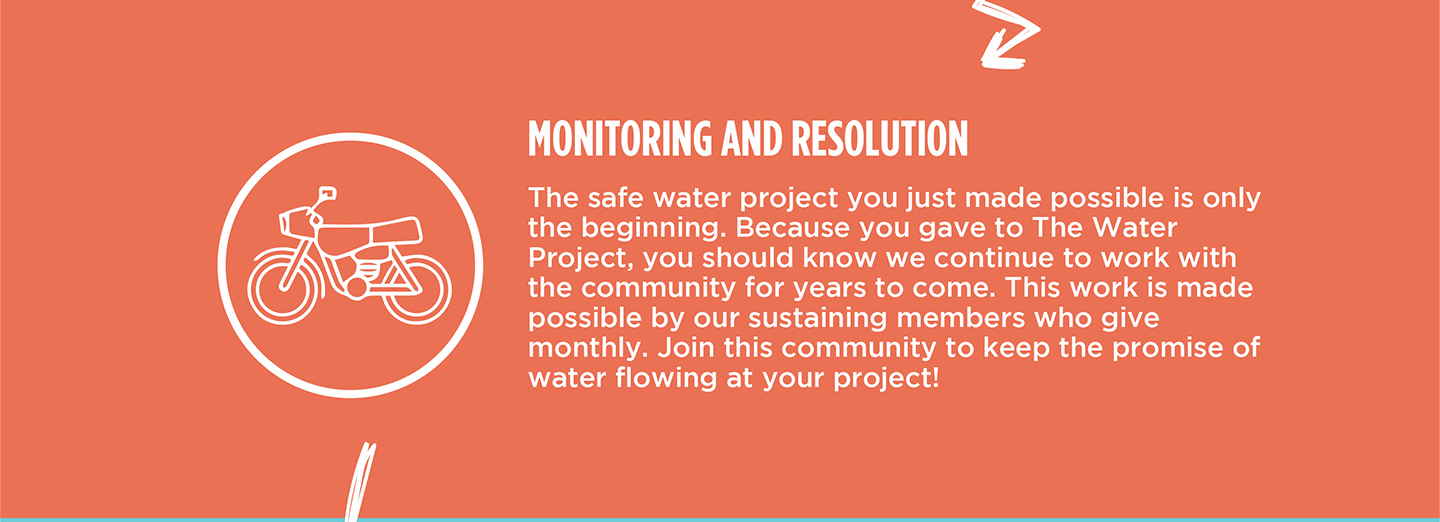The Sambuli Community, consisting of 220 members, relies on water from Nelson Wanyonyi Spring. Unfortunately, its poor condition results in the collection and consumption of contaminated water, which can lead to illness.

"Some reported health problems shared by the community members after drinking water from the source are constant stomachache pains, sore throats, and diarrhea. This is said to be common during [the] rainy seasons and the most affected people are children," shared Field Officer Betty Muhongo.
Fourteen-year-old Sharon is one of those affected children.

"It was back last term on Tuesday evening when I felt sharp pain in my stomach, and the pain was very intense. I could not manage to go to school the following day because the pain was too much. The pains could not subside, so I was rushed to the nearest dispensary, where I was diagnosed with [a] bacterial infection caused by dirty food or drink. Everyone at home was worried, and my parents tried their best to look for medication, which took three days for me to be well. My parents went out of their way to look for funds and buy me medicine to take, which really helped," shared Sharon.
Suffering from water-related illness not only absorbs her family's limited resources but also keeps her out of school, causing her to miss valuable learning time and get further away from her goals.

Sharon carrying water.
Understandably, Sharon finds it difficult to concentrate when she is not feeling well.
"If one is sick, you cannot concentrate in class. Even our teachers would not allow you in class if you are still sick," Sharon said.

Sharon is anxious for her spring to change. "My plan is to help mobilize locally available materials for our spring to be protected so that we can have clean and reliable water," she said.
Protecting the spring in her community would enable her to efficiently gather clean water, preserving her health and energy for daily activities.
Steps Toward a Solution
Our technical experts worked with the local community to identify the most effective solution to their water crisis. They decided to safeguard the existing flowing spring.
Spring Protection
Springs are natural water sources that originate from deep underground. As water travels through various layers of the earth, it undergoes a natural filtration process, making it cleaner and safer to drink. To protect these spring sources from contamination, we construct a waterproof cement structure around layers of clay, stone, and soil. This design channels the spring water through a discharge pipe, facilitating easier, faster, and cleaner water collection.
Chlorine Dispenser
As an extra measure towards water quality safety, uniquely engineered chlorine dispensers are installed at all of our spring protection projects so community members can treat their water with pre-measured doses of chlorine. The chlorine treats any residual contamination and stays active for two to three days, ensuring water stays safe to use even when stored at home. Chlorine delivery and maintenance of the dispensers are part of our ongoing community support.
Community Education & Ownership
Hygiene and sanitation training are integral to our water projects. Training is tailored to each community's specific needs and includes key topics such as proper water handling, improved hygiene practices, disease transmission prevention, and care of the new water point. Safe water and improved hygiene habits foster a healthier future for everyone in the community. Encouraged and supported by the guidance of our team, a water user committee representative of the community's diverse members assumes responsibility for maintaining the water point, often gathering fees to ensure its upkeep.



 Rehabilitation Project
Rehabilitation Project










